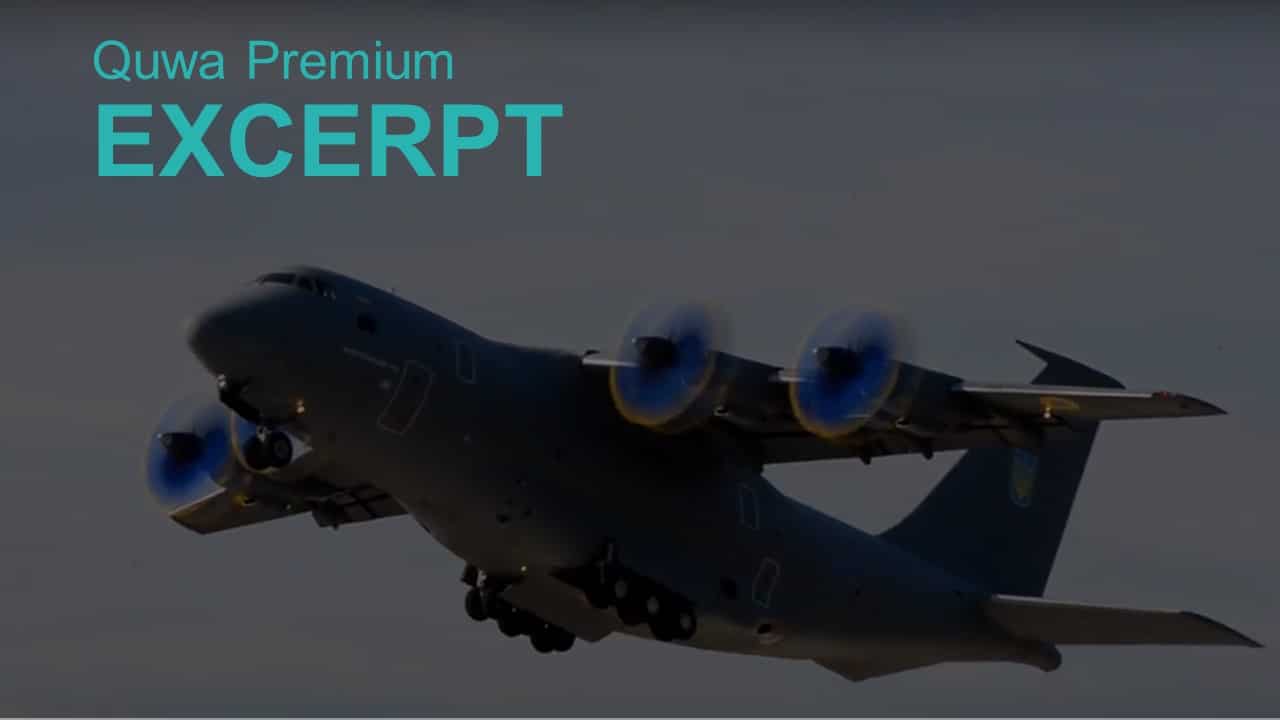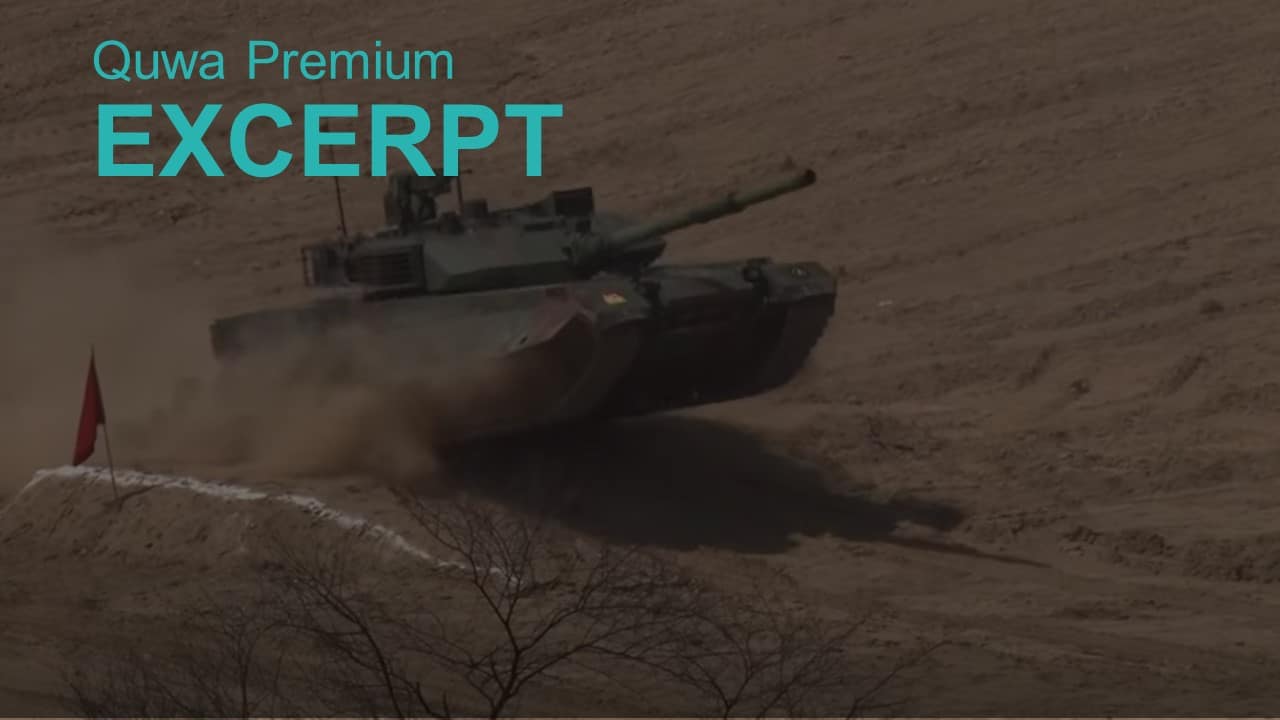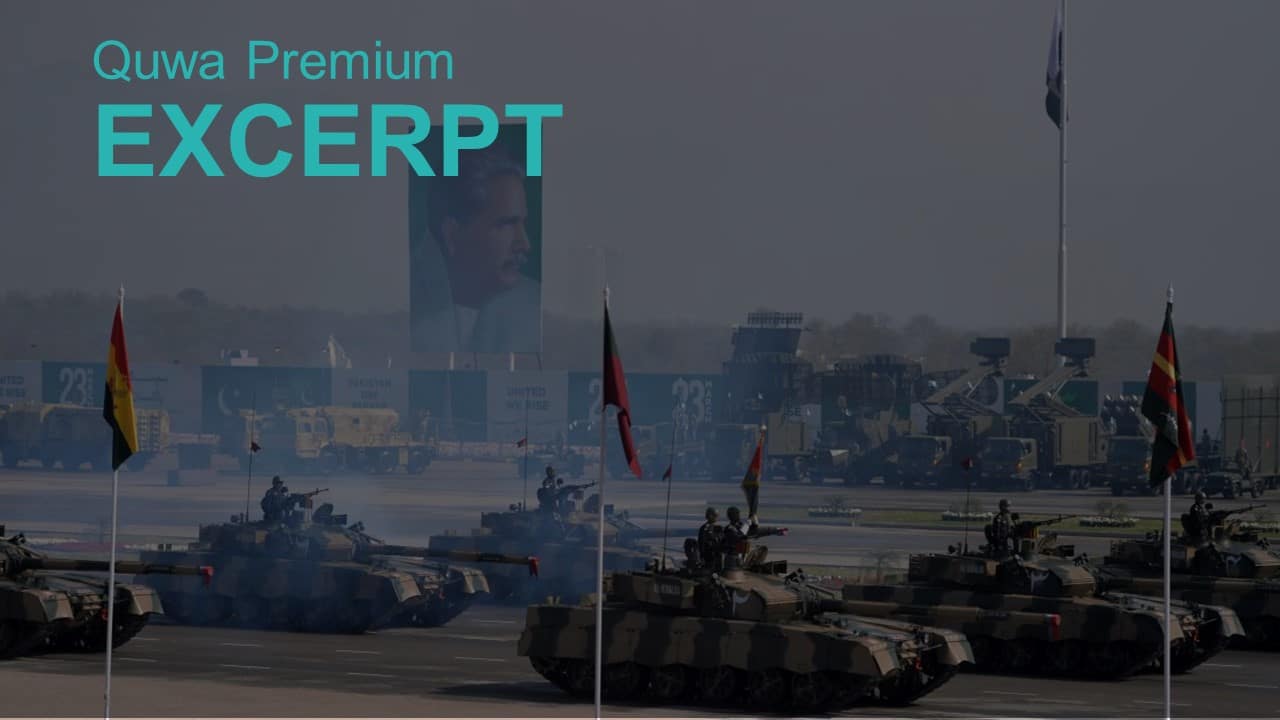1917Views

Can Pakistan Capitalize on Ukraine’s Defence Industry?
Ukraine is implementing an extensive re-armament program for its armed forces along, in tandem, with growing the output and activity of its defence industry. The policy was cemented in August 2017, when Ukraine’s President, Petro Poroshenko, announced that Kiev was “launching a program of military and technical modernization of the army,” which would include “bringing [Ukraine’s] weapons to the level of the 21st century.”[1]
To finance the effort, Ukraine also increased its annual defence budget from $4.9 billion US in 2017 to $6.1 billion US for 2018, a substantial 28% increase.[2] Of this, $603 million US is to be spent on procurement, repair and modernization of equipment for the armed forces.[3]
In terms of Ukraine, the surge of defence spending will translate into funding for its defence industry, which, while beset for many years with slow-moving, technically muddled and, generally, uncertain programs, has genuine potential to generate quality and cost-effective solutions.
Furthermore, Kiev has repeatedly expressed its interest in partnering with other countries, namely in Central Europe, the Middle East and South Asia, to share in the funding, development and production of its new weapon systems. In fact, Saudi Arabia has already signed on through the Antonov An-132D, a lightweight transport and special mission aircraft. Others, such as China, Turkey and the United Arab Emirates (UAE), are probing for opportunities. However, curiously – yet also unsurprisingly – Pakistan is not a factor, despite the apparent synergy and Kiev’s willingness to engage Islamabad on cooperation in defence.
Background
Defence ties between Pakistan and Ukraine have not been particularly strong, at least beyond several off-the-shelf purchases, most notably 320 T-80UD main battle tanks (MBT) and 4 refurbished Ilyushin Il-78 in-flight refueling (IFR) tankers from Ukraine’s surplus stocks. In terms of actual co-development, the closest example of it had been the Heavy Industries Taxila (HIT) al-Khalid MBT, for which HIT procured the 6TD-2 1,200 hp diesel engine and dynamic components (e.g. transmission) from Ukraine.
However, the paucity of active Ukrainian defence programs and shortage of funding at both ends through the 2000s and early 2010s (leading to the Crimean Crisis) was not opportune for further technical cooperation.
Despite the lack of activity, Pakistan’s ties with Ukraine spurred two important – and arguably strategic – gains for Pakistan. First, an engine for what was intended to be the Pakistan Army’s mainstay MBT, the al-Khalid. Second, air-to-air refueling (AAR) for the Pakistan Air Force (PAF), providing it with the means to offset the inherent endurance deficiencies of its single engine lightweight fighters, namely the JF-17 and Mirage III/5.
Lacking long-endurance, long-range and high-payload fighters, AAR is a vital asset for the PAF in its maritime operations and strike efforts. There have also been reports of Ukraine assisting Pakistan in its cruise missile program by transferring ex-Soviet Kh-55.[4] In addition, Pakistan is also regularly importing spare parts and engines from the Ukrainian aero-propulsion manufacturer Motor Sich.[5] This likely relates to Pakistan’s Mil Mi-171 fleet (Motor Sich manufactures TV3-117 and VK2500-series turboshaft engines), though it should be noted that Motor Sich is also a manufacturer of miniature turbofan engines. Motor Sich’s MS400 has a thrust of 3.92 kN[6], a plausible option for the Babur-series of cruise missiles.
Thus, the lack of energy on Pakistan’s part to emphasize relations with Ukraine is intriguing…
End of Excerpt (629 / 1,705 words)
You can read the complete article by logging in (click here) or subscribing to Quwa Premium (click here). If you are already logged in, you can access the article by clicking here.
[1] “Ukraine launching program of army’s military-technical modernization.” Interfax Ukraine. 23 August 2017. URL: http://en.interfax.com.ua/news/general/444064.html (Last Accessed: 28 January 2018).
[2] Illia Ponomarenko. “Ukraine’s defense budget up by 28 percent in 2018.” Kyiv Post. 10 December 2017. URL: https://www.kyivpost.com/ukraine-politics/ukraines-defense-budget-28-percent-2018.html (Last Accessed: 28 January 2018).
[3] Ibid.
[4] Richard D. Fisher. “Military-Technical Sector Transformation.” China Military Modernization: Building for Regional and Global Reach. Stanford University Press. 2010. p.93.
[5] Pakistan Export-Import Registry: https://pak.eximtradeinfo.com/items/Motor%20Sich
[6] Promotional Material. MS400. Motor Sich. URL: http://www.motorsich.com/eng/products/aircraft/tde/ms400/


